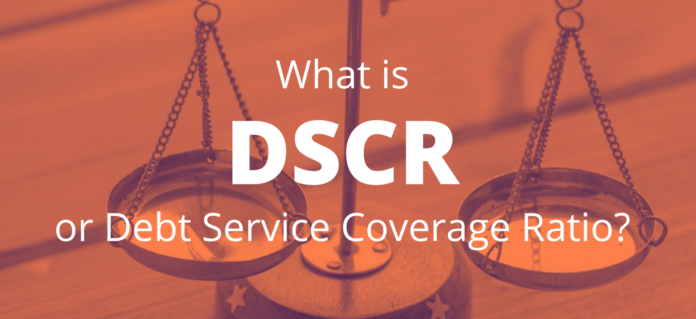Introduction: Unraveling the Significance of DSCR
For individuals and businesses seeking financing, understanding the Debt Service Coverage Ratio (DSCR) is essential. Whether you’re a real estate investor, entrepreneur, or simply someone interested in evaluating your financial health, DSCR plays a pivotal role in assessing your ability to meet debt obligations. In this comprehensive guide, we will delve into DSCR, its importance, how to calculate it, and its applications in various financial scenarios.
1. What Is Debt Service Coverage Ratio (DSCR)?
Defining the Key Metric
DSCR, often pronounced as “disker,” stands for Debt Service Coverage Ratio. It is a financial metric used by lenders, investors, and businesses to assess an entity’s ability to cover its debt obligations. In essence, DSCR measures the relationship between the cash flow available to meet debt payments and the actual debt payments required.
2. The Importance of DSCR
Why DSCR Matters
DSCR is a critical metric for several reasons:
- Lending Decisions: Lenders use DSCR to evaluate the creditworthiness of borrowers. A high DSCR indicates a lower risk of default, making it more likely to secure favorable loan terms.
- Investment Analysis: Real estate investors and businesses use DSCR to assess the income-generating potential of an investment property or project.
- Financial Health: Individuals and organizations monitor DSCR to gauge their financial health and ensure they can meet their debt obligations.
- Risk Assessment: DSCR helps in identifying potential financial vulnerabilities and mitigating risks.
3. How to Calculate DSCR
The DSCR Formula
DSCR is calculated using a straightforward formula:
DSCR = Net Operating Income (NOI) / Total Debt Service (TDS)
Net Operating Income (NOI) represents the income generated from an investment property or business before accounting for debt payments, while Total Debt Service (TDS) includes all debt-related obligations, such as principal and interest payments.
4. Interpreting DSCR Values
What the Numbers Mean
Understanding the DSCR values is essential:
- DSCR > 1: A DSCR greater than 1 indicates that there is sufficient income to cover debt payments. The higher the DSCR, the better the financial health.
- DSCR = 1: A DSCR of 1 means that the income exactly covers the debt payments, indicating a balanced financial position.
- DSCR < 1: A DSCR of less than 1 indicates that the entity’s income is insufficient to cover its debt obligations; in such cases, consulting a reputable money lender in Singapore can provide tailored financial solutions to manage debt effectively.
5. Practical Applications of DSCR
Where DSCR Comes into Play
DSCR is applied in various financial contexts:
- Real Estate Financing: Lenders use DSCR to assess the viability of real estate investments and determine the terms of mortgage loans.
- Business Loans: Businesses seeking loans must demonstrate a strong DSCR to secure financing for growth or operations.
- Investment Analysis: Investors use DSCR to evaluate the profitability and risk associated with income-generating assets.
- Debt Management: Individuals and organizations use DSCR to manage existing debt and avoid overleveraging.
6. Factors Affecting DSCR
Influences on the Ratio
Several factors can impact DSCR:
- Income Variability: Fluctuations in income can affect DSCR, making it essential to consider the stability of cash flows.
- Interest Rates: Changes in interest rates can influence the cost of debt and, subsequently, DSCR.
- Debt Structure: The type of debt and its terms, such as interest rates and repayment schedules, impact DSCR.
- Expenses: Operating expenses, such as property maintenance or business costs, affect net operating income and, consequently, DSCR.
7. Improving DSCR
Enhancing Financial Health
If your DSCR is lower than desired, there are strategies to improve it:
- Increase Income: Boosting revenues through rent increases, business growth, or additional income sources can enhance DSCR.
- Reduce Expenses: Controlling and reducing operating expenses can increase net operating income.
- Refinance Debt: Refinancing debt at a lower interest rate or extending the repayment term can lower debt service obligations.
- Debt Restructuring: Negotiating with lenders to restructure debt terms can improve DSCR.
8. Conclusion
In the world of finance, Debt Service Coverage Ratio (DSCR) is a fundamental metric that plays a vital role in assessing financial health, securing loans, and making investment decisions. Whether you’re a real estate investor, a business owner, or an individual managing personal finances, understanding DSCR is crucial. It empowers you to evaluate your ability to meet debt obligations and make informed financial choices. Looking for DSCR in Texas? Click here for more information and resources to navigate your financial journey.



































